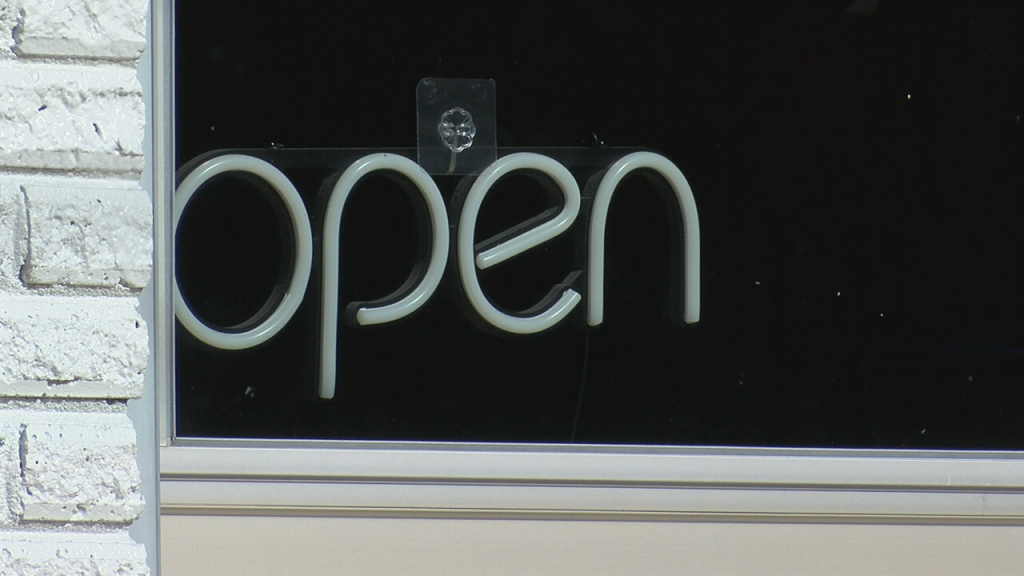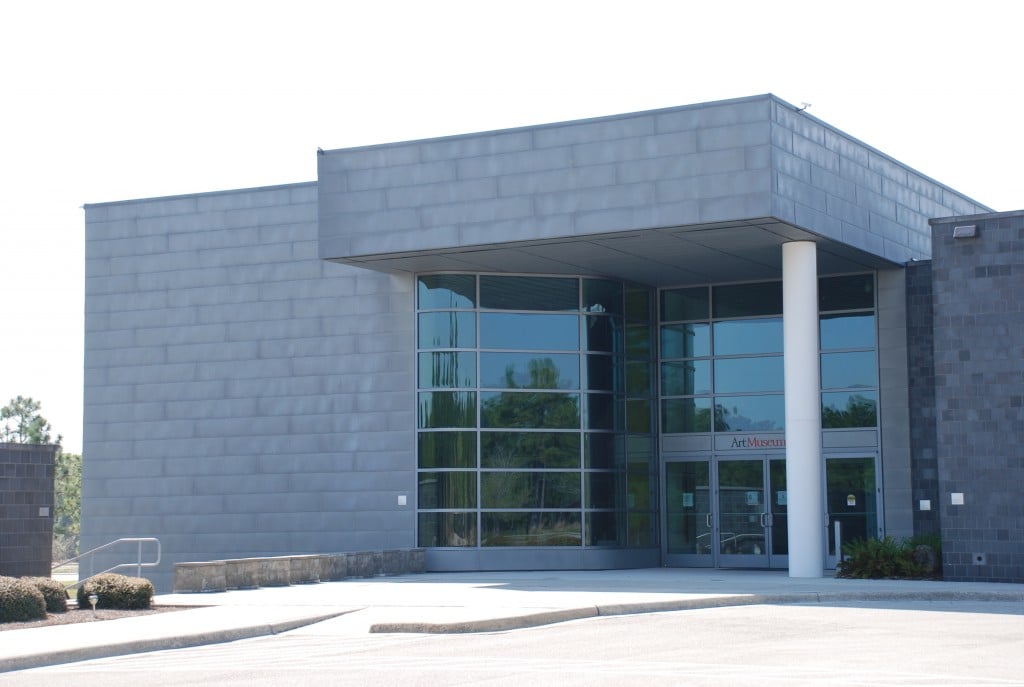Wilmington area unemployment falls in March
RALEIGH — Unemployment rates decreased in all of North Carolina’s 100 counties in March, according to statistics released today by the state’s Employment Security Commission.
“News that all North Carolina counties experienced a decrease in the local unemployment rate is certainly welcome, but we still have challenges ahead of us,” said ESC Chairman Lynn R. Holmes. “With initiatives like Reemployment Services (RES) and the Reemployment Eligibility Assessment (REA), the ESC is focusing even more resources to help our unemployed customers get back into jobs.”
Chairman Holmes also singled-out JobsNOW — a program Gov. Bev Perdue has created — which can link both workers and employers to resources critical to jump-starting local economies.
North Carolina had 39 counties that were at or below the state’s unadjusted unemployment rate of 10.9 percent.
Rates decreased in all 14 of the state’s Metropolitan Statistical Areas. The number of workers employed (not-seasonally adjusted) increased in March by 66,804 workers, to 4,058,349. The number of people unemployed decreased, by 38,401. The unemployment total in March was 496,734 workers, compared with 535,135 in February.
Orange County had the state’s lowest unemployment rate in March, at 6.4 percent. Meanwhile, Graham County had the highest unemployment rate, at 17.2 percent.
The five counties receiving the highest amount in regular unemployment insurance benefits in March were: Mecklenburg, $22.8 million; Wake, $18.1 million; Guilford, $11.4 million; Forsyth, $7.2 million; and Gaston, $5.8 million. In March, $227.2 million in regular UI benefits was paid to 216,344 individuals statewide, compared to $211.9 million to 220,761 individuals in February.
Unemployment rates in the metropolitan statistical areas for March were:
Wilmington — 10.5 percent, down from 11.6 percent.
Asheville — 9.4 percent, down from 10.2 percent in February.
Burlington — 12.1 percent, down from 13.2 percent.
Charlotte-Gastonia-Rock Hill NC-SC — 11.9 percent, down from 12.8 percent.
Durham-Chapel Hill — 7.8 percent, down from 8.4 percent.
Fayetteville — 9.1 percent, down from 9.7 percent.
Goldsboro — 9.2 percent, down from 9.9 percent.
Greensboro-High Point — 11.5 percent, down from 12.4 percent.
Greenville — 10.3 percent, down from 10.7 percent.
Hickory-Lenoir-Morganton — 14.5 percent, down from 15.8 percent.
Jacksonville — 8 percent, down from 8.6 percent.
Raleigh-Cary — 8.9 percent, down from 9.6 percent.
Rocky Mount — 13.5 percent, down from 14.7 percent..
Winston-Salem — 10.1 percent, down from 11.1 percent.
INFORMATION FROM A NEWS RELEASE SENT TO THE WWAY NEWSCHANNEL 3 NEWSROOM…





Leave a Reply